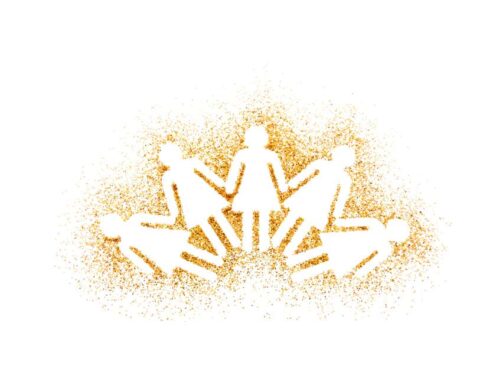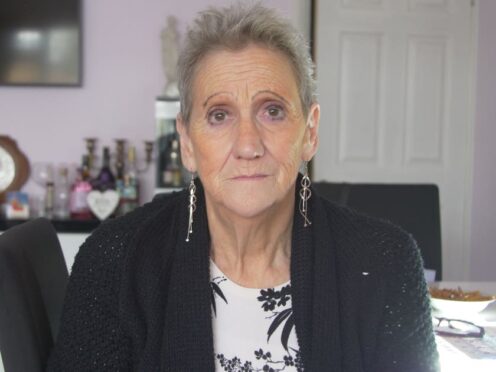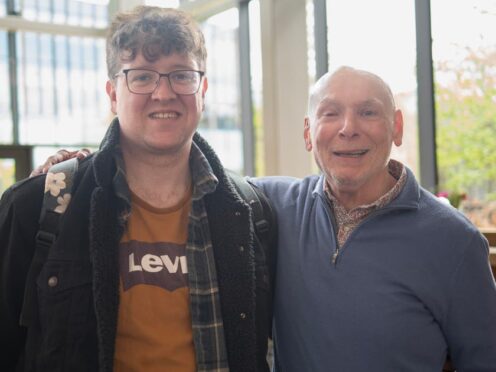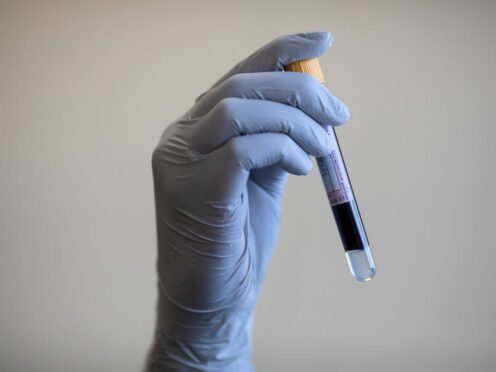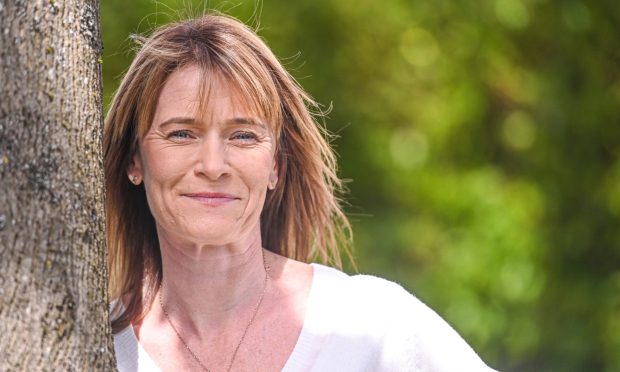An Inverness woman says she’s living proof of the importance of research into heart and circulatory diseases.
37-year-old Sherrill Mason discovered she had familial hypercholesterolaemia (FH) thanks to genetic testing developed by the British Heart Foundation (BHF)
She is backing a new This is Science campaign by the BHF to raise awareness of research into public health improvements.
Before she was diagnosed aged 35, Miss Mason was at a higher risk of stroke or heart disease by the age of 40.
She like many others were unaware of the risks of the “silent” condition.
‘It really was a shock’
She said: “I am living proof of the importance of research – without it I would never have known I had FH or the risks I was facing as a result.
“I was so lucky that another relative had been diagnosed and through a family tree, I was then tested too.
“That is why the work of the BHF is so important to me. Quite literally, it is a cause close to my heart.”
Sherrill continues: “Before I was diagnosed, I had never heard of FH.
“I must admit it scared me when my doctor said it was possible that without treatment my condition put me at a greater risk of having a heart attack or stroke by the time I was 40.
“At that point I was 35, so it really was a shock.”
Miss Mason gave up smoking, started a vegan diet and began to exercise more.
She continued: “I’m much healthier as a result and as long as I remember to take my medication, I am able to lead a perfectly normal life.”
Inspired by the work of the BHF, Miss Mason even took on her own fundraising challenge, taking 79 dips in 79 Scottish highland lochs in 79 hours, raising more than £1,200.
‘This is Science’ campaign
The BHF is currently funding around £60m of research in Scotland at ten universities across the country, supporting around 300 staff.
Its new ‘This is Science’ campaign, is calling for the public’s support to power the science that could lead to new treatments and cures for all heart and circulatory diseases.
Heart and circulatory diseases cause nearly 50 deaths a day in Scotland – and around 700,000 people in Scotland are living with a related condition.
‘We need to go further faster’
James Jopling, of BHF Scotland, said: “Our research has achieved a great deal over the last 60 years, but we need to go further, faster.
“Heart and circulatory diseases cause heartache on every street in Scotland and thousands of deaths ever year.
“With your help, we are determined to do all we can to save and improve more lives.
“Your donations will power the science to help find the breakthroughs, treatments and cures of the future.”
What is FH?
FH is an inherited condition which results in abnormally high levels of cholesterol and is caused by one or more faulty genes.
It often has no symptoms but if left untreated, the build-up of cholesterol in the walls of the arteries can lead to heart attacks and strokes at an early age.
FH affects up to one in 250 people in Scotland.
The risk of developing coronary heart disease, the primary cause of heart attacks, is up to 13 times higher when you have FH.
Research funded by the BHF helped discover the exact faulty genes which cause the condition and a blood test was developed to diagnose FH and help identify those at risk.
For more about BHF visit bhf.org.uk


